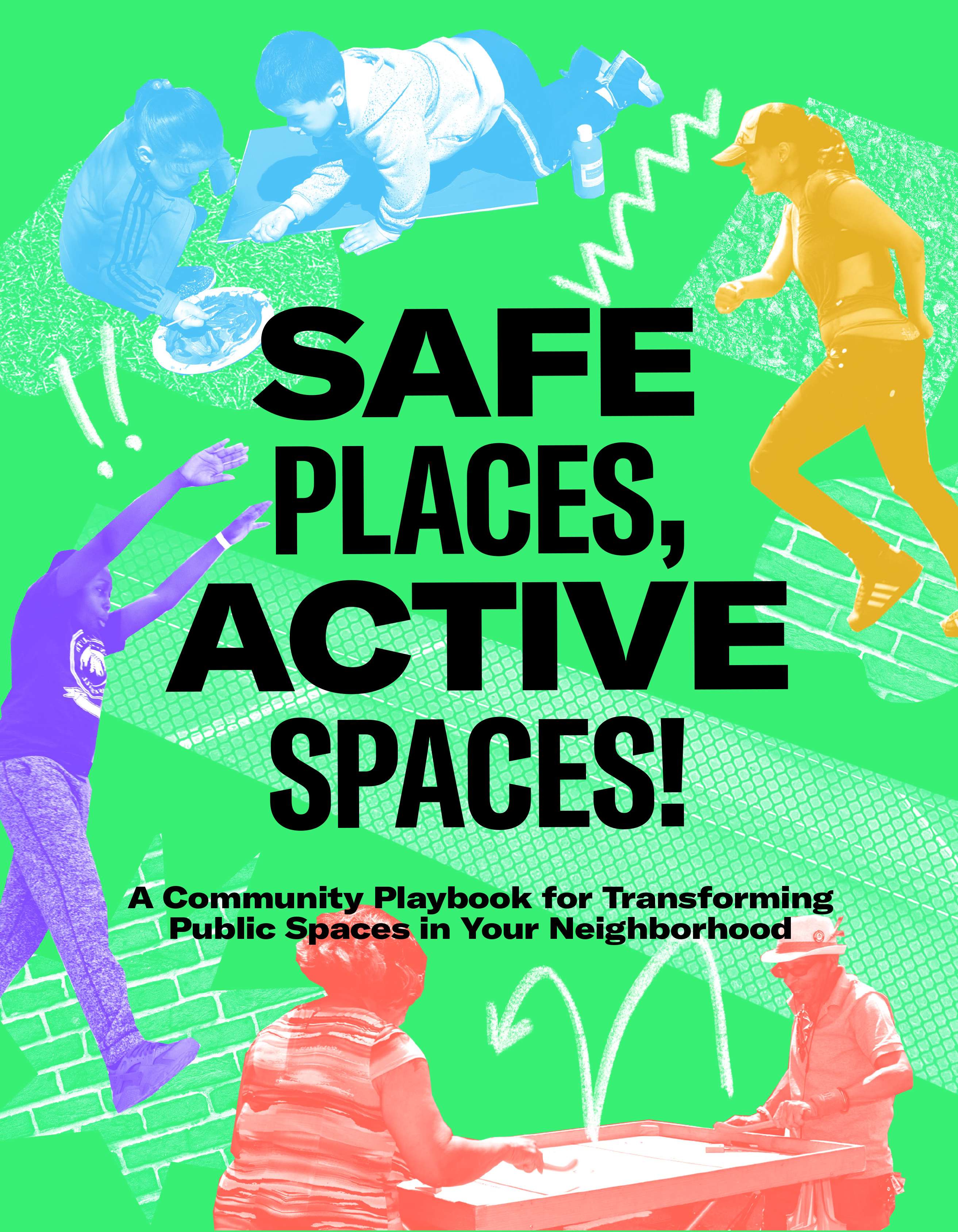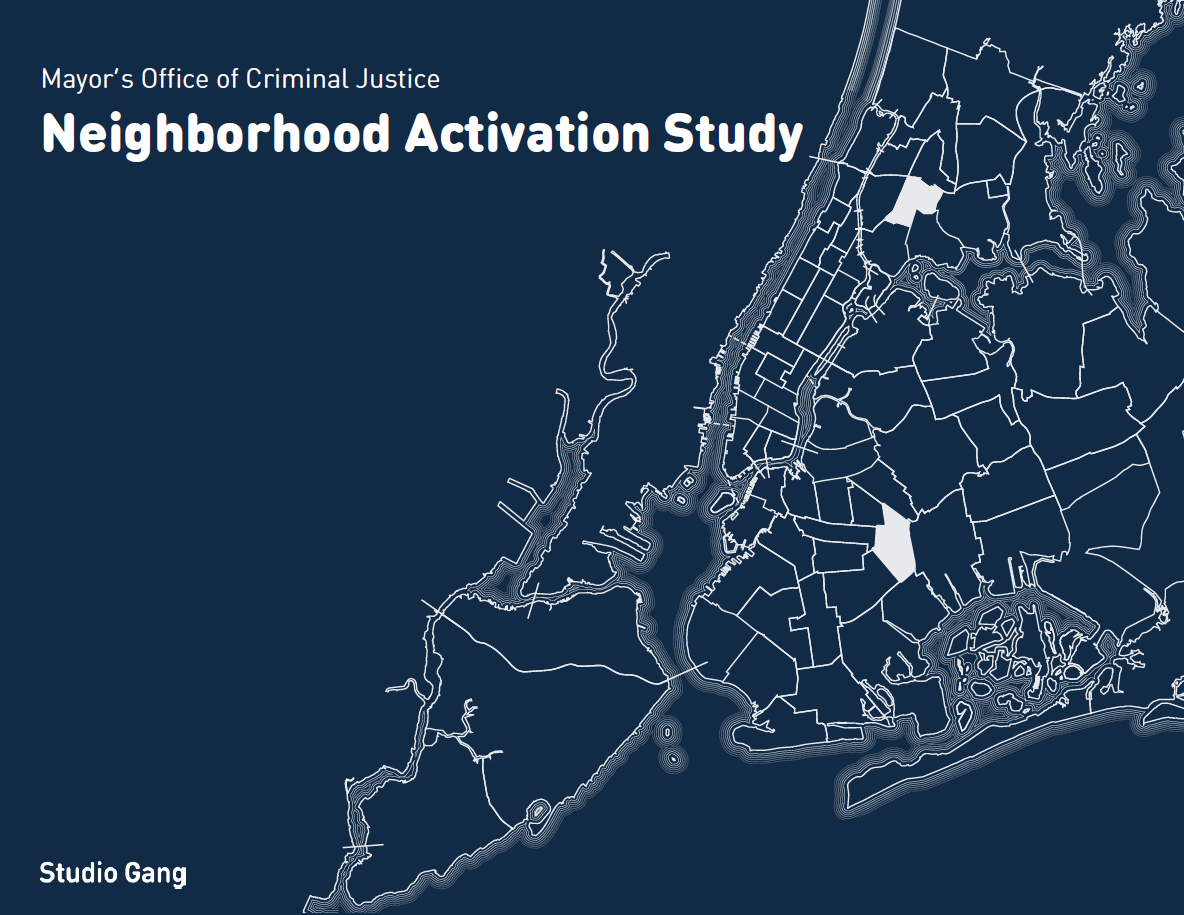The Mayor’s Action Plan for Neighborhood Safety
Issue
In 2014 crime was decreasing across the City; but even as crime has dropped to historic lows over the past 20 years, the unfortunate reality is that violent crime persists in some neighborhoods.
In response to a spike in violence in public housing, the administration took a deeper look at a number of economic and social stressors including poverty, unemployment, rent burden, asthma and diabetes, assault hospitalizations and premature mortality. This effort pinpointed 15 public housing developments that historically led New York City in indicators of concentrated disadvantage and also accounted for 20% of violent crime in the City’s public housing. Not coincidentally, these neighborhoods also suffered from neglected parks, poor access to healthy food, and struggling commercial corridors.
Neighborhood safety is about more than the absence of crime. It is about the opportunity for residents to call a neighborhood home, public spaces that are vibrant, well cared for and active, and shared trust between government and its constituents that allows for partnership at all levels. The roots of crime are complex and research proves that there is a direct relationship between building public safety and access to resources, vibrant physical spaces and neighborhoods, and improved trust between residents and government. Here’s how New York City is building healthy communities and redefining public safety.
Solutions
In 2014, the Mayor launched the Mayor’s Action Plan for Neighborhood Safety (MAP) a targeted, comprehensive approach to reduce violent crime in and around the 15 public housing developments that comprise almost 20 percent of violent crime in the City’s public housing. Through MAP and Building Healthy Communities, MAP’s sister initiative which encompasses the neighborhoods surrounding the MAP developments, the city is investing in people through the strengthening of social supports and youth employment opportunities, investing in places through revitalization of physical infrastructure and increased opportunities for recreation and beautification and are working with a broad circle of city agencies and civic partners to strengthen the networks that make it possible to collectively promote neighborhood well-being and address issues that impact the quality of life in MAP neighborhoods through an innovative mechanism called NeigborhoodStat.
NeighborhoodStat is the driving mechanism behind MAP. Inspired by CompStat and led by the Mayor’s Office of Criminal Justice with the support of NYCHA and NYPD, NeighborhoodStat mobilizes residents and City agencies to reframe the concept of public safety by addressing the underlying drivers of crime through the use of shared knowledge, data and performance metrics to build accountability, safety, legitimacy and trust. Local residents, community stakeholders, and city agency representatives are brought together to discuss public safety and quality of life issues within each MAP development and identify solutions. This community-based, joint problem-solving approach engages residents and city representatives in solving neighborhood challenges by connecting them directly with the people and entities that can help, and providing resources to implement projects identified at the local level that residents feel will directly impact public safety at their development.
MAP and Building Healthy Communities have undertaken a number of activities, including:
- Bringing together residents, more than 15 agencies and community-based organizations through NeighborhoodStat to deploy system-wide solutions aimed at tangible results that repair and increase neighborhood trust.
- Increasing opportunities for youth through mentorship and employment: MAP provides programs and services for those most at risk for crime involvement and entitlements for eligible residents.
- Addressing lack of physical activity and unhealthy eating, major contributors to chronic disease, which disproportionately impacts residents in low-income neighborhoods through expanding access to free exercise classes and sports programming for youth, investing in new urban farms and connecting residents to farm fresh produce and nutrition education in their neighborhoods.
- Supporting vibrant public spaces through infrastructure, design, stewardship and public space activation. MAP has made major investments in outdoor lighting, safety infrastructure, and play opportunities, while BHC has provided direct support to community organizations to improve and activate their parks, streets, and gardens. MAP and BHC will continue to work with partners to support extended hours in the summer at all NYCHA community centers across the City, expanded social activities, and shared stewardship of physical space to make neighborhoods safer.
- Working with families to prevent violence in the home by providing comprehensive healthy relationship support for MAP residents of all ages. The program also uses early warning signs to identify fragile families and increase use of critical services.
MAP is working with the following communities:
Boulevard Houses
Brownsville Houses
Bushwick Houses
Butler Houses
Castle Hill Houses
Ingersoll Houses
Patterson Houses
Polo Grounds Houses
Queensbridge Houses
Red Hook Houses
St. Nicholas Houses
Stapleton Houses
Tompkins Houses
Van Dyke Houses
Wagner Houses






